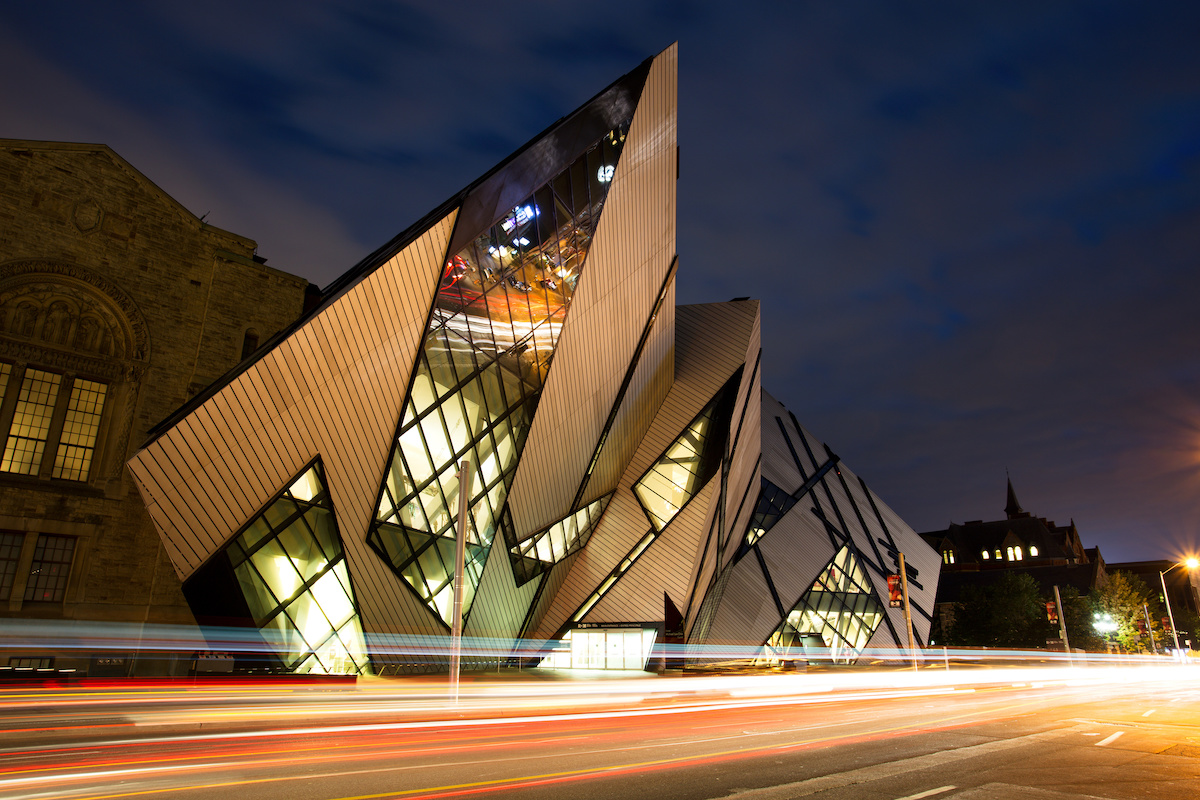In the world of art, the architectural design of a gallery is often an overlooked masterpiece in itself. Canadian art galleries have, over the years, demonstrated a remarkable fusion of art and architecture, enhancing the visitor experience while reflecting the spirit of the art within. In this article, we will explore the architectural beauty and innovation of Canadian art galleries, showcasing how their designs create immersive, culturally reflective, and sustainable spaces.
The Marriage of Art and Architecture
Art galleries are unique spaces where architecture serves a dual purpose: to house and protect artworks while creating an environment that complements the art. The synergy between art and architecture in Canadian galleries is a testament to the thoughtful integration of these two forms of expression.
Architectural Styles Across Canada
1. Modernist Designs in Urban Settings
In bustling Canadian cities like Toronto and Vancouver, modernist architectural designs dominate. The sleek lines, large glass panels, and open spaces of galleries like the Art Gallery of Ontario (AGO) and the Vancouver Art Gallery provide a stark contrast to their urban surroundings, offering a contemporary oasis for art lovers.
2. Contemporary and Innovative Approaches
Some Canadian galleries take a more avant-garde approach to architecture. The Museum of Contemporary Art in Toronto, for example, is housed in a repurposed automotive plant, showcasing a commitment to innovative design and adaptive reuse.
3. Preservation of Historic Buildings
Canada’s rich history is also reflected in its gallery architecture. The National Gallery of Canada, located in the capital city of Ottawa, is an excellent example. Housed in a neo-Gothic building that was once a railway station, the gallery marries the old and the new, preserving historic elements while embracing modern design.
Creating an Immersive Experience
Architectural design plays a pivotal role in creating an immersive experience for gallery visitors. Thoughtful considerations such as lighting, spatial layout, and acoustics contribute to the ambiance, making each gallery unique. The warm, natural lighting in the McMichael Canadian Art Collection, set amidst a lush forest in Ontario, creates an ethereal atmosphere, while the Art Gallery of Alberta’s jagged, crystalline exterior hints at the dynamic art awaiting inside.
Reflection of Cultural Identity
Canadian gallery architecture reflects the country’s diverse cultural identity. Indigenous influences, as well as those from French, British, and other cultural backgrounds, are often integrated into the designs. For instance, the Bill Reid Gallery of Northwest Coast Art in Vancouver pays homage to Indigenous artistry through its distinct cedar-clad exterior and traditional longhouse-inspired interiors.
Sustainability and Environmental Considerations
In an era of increasing environmental awareness, Canadian art galleries are making strides in sustainable architecture. Many galleries now prioritize eco-friendly building materials and energy-efficient design principles. The Royal Alberta Museum, for instance, achieved LEED Gold certification by incorporating features such as a green roof, solar panels, and rainwater harvesting.
Accessibility and Inclusivity
Accessibility is a key consideration in gallery architecture. Canadian galleries strive to accommodate visitors with disabilities, ensuring that everyone can enjoy the art. Features like ramps, elevators, and tactile exhibits are becoming commonplace. Inclusivity is also emphasized, with galleries like the Art Gallery of Nova Scotia actively engaging with diverse communities to promote a sense of belonging.
Case Studies
Let’s delve into a few case studies to showcase the diversity of Canadian art gallery architecture:
Art Gallery of Ontario (AGO)
Designed by renowned architect Frank Gehry, the AGO’s transformation features a distinctive glass and titanium façade that adds a modern touch to Toronto’s historic Grange Park neighborhood. Inside, visitors are treated to a harmonious blend of traditional and contemporary gallery spaces.
Museum of Contemporary Art Toronto (MOCA)
Housed in a repurposed industrial building, MOCA’s design incorporates open spaces and raw materials, creating an edgy, industrial-chic atmosphere. Its architecture serves as an intriguing backdrop to the ever-evolving world of contemporary art.
Bill Reid Gallery of Northwest Coast Art
This gallery pays homage to Indigenous artistry, with its striking cedar exterior and culturally inspired interiors. The building’s design not only showcases Indigenous art but also serves as a cultural hub for the community.
Future Trends in Gallery Architecture
The future of Canadian art gallery architecture holds exciting possibilities. Evolving technologies, changing societal dynamics, and a growing commitment to sustainability will likely shape future designs. Look out for more interactive and immersive experiences, as well as continued efforts toward environmental responsibility.
Conclusion
In the world of Canadian art galleries, architecture is more than just a backdrop; it’s an integral part of the artistic experience. From modernist marvels in urban centers to repurposed industrial spaces, these architectural wonders enhance the appreciation of art while reflecting Canada’s cultural diversity and commitment to sustainability. The next time you visit a Canadian art gallery, take a moment to appreciate the artistry of the space itself—it’s where art truly meets design.
Additional Resources
For further exploration of Canadian art gallery architecture, consider these resources:
- Canadian Architect Magazine
- Royal Architectural Institute of Canada (RAIC)
- Canadian Centre for Architecture (CCA) “`
Feel free to customize and expand upon each section as needed to create a comprehensive blog post on Canadian art gallery architecture.
